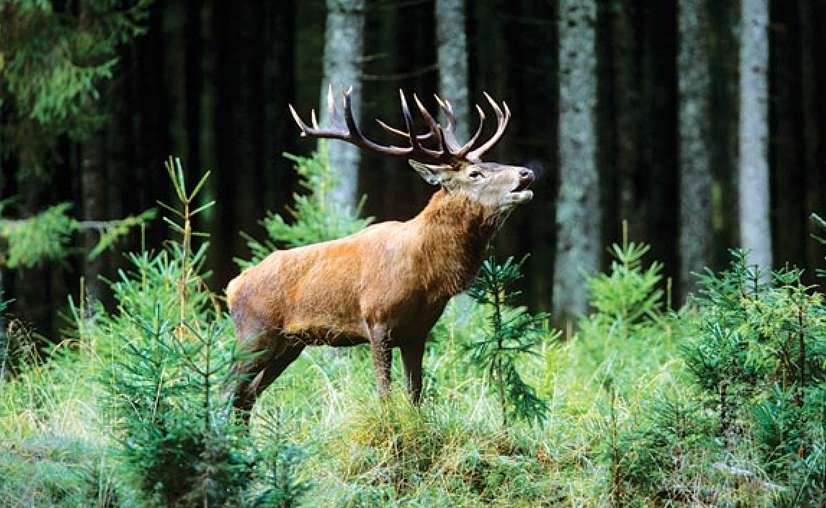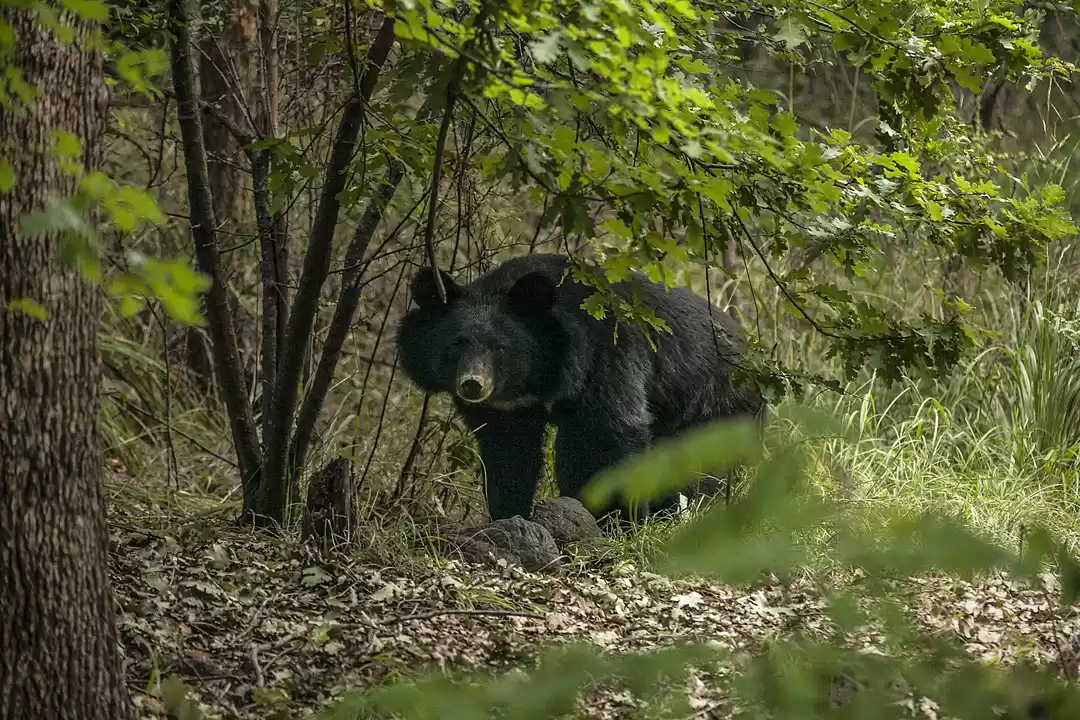Twenty-two kilometres east of the old wooden bridges of Srinagar, asphalt yields to Himalayan forest and the air suddenly smells of pine resin; this quick transition is part of the magic that makes search engines point every “wildlife safari in Kashmir” query straight toward Dachigam National Park tours. The journey from Dal Lake takes scarcely forty minutes, yet by the time you reach the gate the city feels remote and only the Dagwan River murmurs beneath the slopes, proof that some paradises really are hiding in plain sight.
Covering a compact but ecologically dizzying 141 square kilometres, the reserve climbs from mellow orchards at roughly 1 700 metres to windswept ridgelines higher than 4 200, a vertical leap that compresses four floristic zones into one shimmering canvas. Rolling pastures, sheer granite outcrops and birch–rhododendron scrub each occupy their own band, giving visitors the rare chance to move from temperate forest to sub-alpine meadow in a single afternoon without ever leaving protected ground.
Yet altitude alone is not what draws naturalists; it is the Hangul, the critically endangered Kashmir stag whose lamplit eyes and tall, twelve-tined antlers have become an emblem of Himalayan hope. A biennial census released in 2023 counted 289 individuals, up from 261 two years earlier, a fragile but welcome increase that adds electric excitement to every dawn walk along the river flats.
Because Dachigam shelters the Hangul it also shelters an entire food web: Himalayan black bears raiding apricot trees in early summer, common leopards padding across rocky ledges, yellow-throated martens chasing pheasants through the undergrowth, and Eurasian otters sliding like polished ebony down the Dagwan banks. Birders know the valley for the iridescent Himalayan monal, the shy orange bullfinch and the jack-in-the-box flutter of pygmy owlets, while macro photographers lose hours studying moss-jewelled trunks where colourful fungi thrive in perpetual spray.
Dachigam wears seasons with theatrical flair. April unrolls carpets of blossom and tender grass that pull Hangul herds to low pastures and light photographers’ viewfinders with pastel tones. By June the upper zone bursts with blue poppies while the Dagwan runs jade-green under dense broadleaf shade that smells faintly of wild garlic. Autumn sets the chinar and maple crowns on fire and simultaneously launches the Hangul rut, antlered duels ringing across clear air that already tastes of snow. Winter then hushes everything, broken only by the crunch of leopard paws and the soft bark of a musk deer.
The valley’s human story predates its wildlife fame. Dachigam—“ten villages” in Kashmiri—recalls the hamlets relocated a century ago so the Maharaja could protect the watershed feeding Srinagar’s drinking water. In 1981 that hydrological concern widened into full ecological protection when the landscape graduated from game reserve to national-park status, preserving not just water but the genetic memory of the western Himalaya’s red deer lineage.
Responsible visitors become quiet conservation partners simply by entering thoughtfully: permit fees finance anti-poaching patrols, camera-trap grids and village eco-development projects that plant walnut saplings in buffer zones. Staying on marked paths, swapping plastic bottles for flasks and keeping phone speakers silent may sound small, yet together they help ensure the rising Hangul numbers are more than a statistical blip. If these lines make your feet itch for pine needles and your lens ache for mountain light, send a hello to info@kashmirinluxury.com or dial 0091 194 2310055; for quick notes open WhatsApp and message +91 98182 23848 with the words “Connect Dachigam National Park Tours.” The journey from dream to valley is short, the memories lifelong, and the Hangul are waiting to be witnessed, never to be sold.


